Vinegar life hacks are about to revolutionize your home and garden! Forget spending a fortune on specialized cleaners and expensive gardening products. I’m here to show you how this humble kitchen staple can become your secret weapon for a thriving garden and a sparkling home.
Vinegar, a product of fermentation, has been around for millennia. From ancient civilizations using it as a preservative to its role in traditional medicine, vinegar boasts a rich history. But did you know its powers extend far beyond the kitchen?
In today’s world, we’re all looking for ways to save money, reduce our environmental impact, and simplify our lives. That’s where these vinegar life hacks come in. Imagine effortlessly banishing weeds, boosting your plant growth, and keeping pests at bay – all with a simple bottle of vinegar. This DIY guide will unlock the secrets to using vinegar safely and effectively in your garden, transforming you into a green-thumbed guru without breaking the bank. Get ready to discover the amazing potential of vinegar and create a healthier, happier garden today!
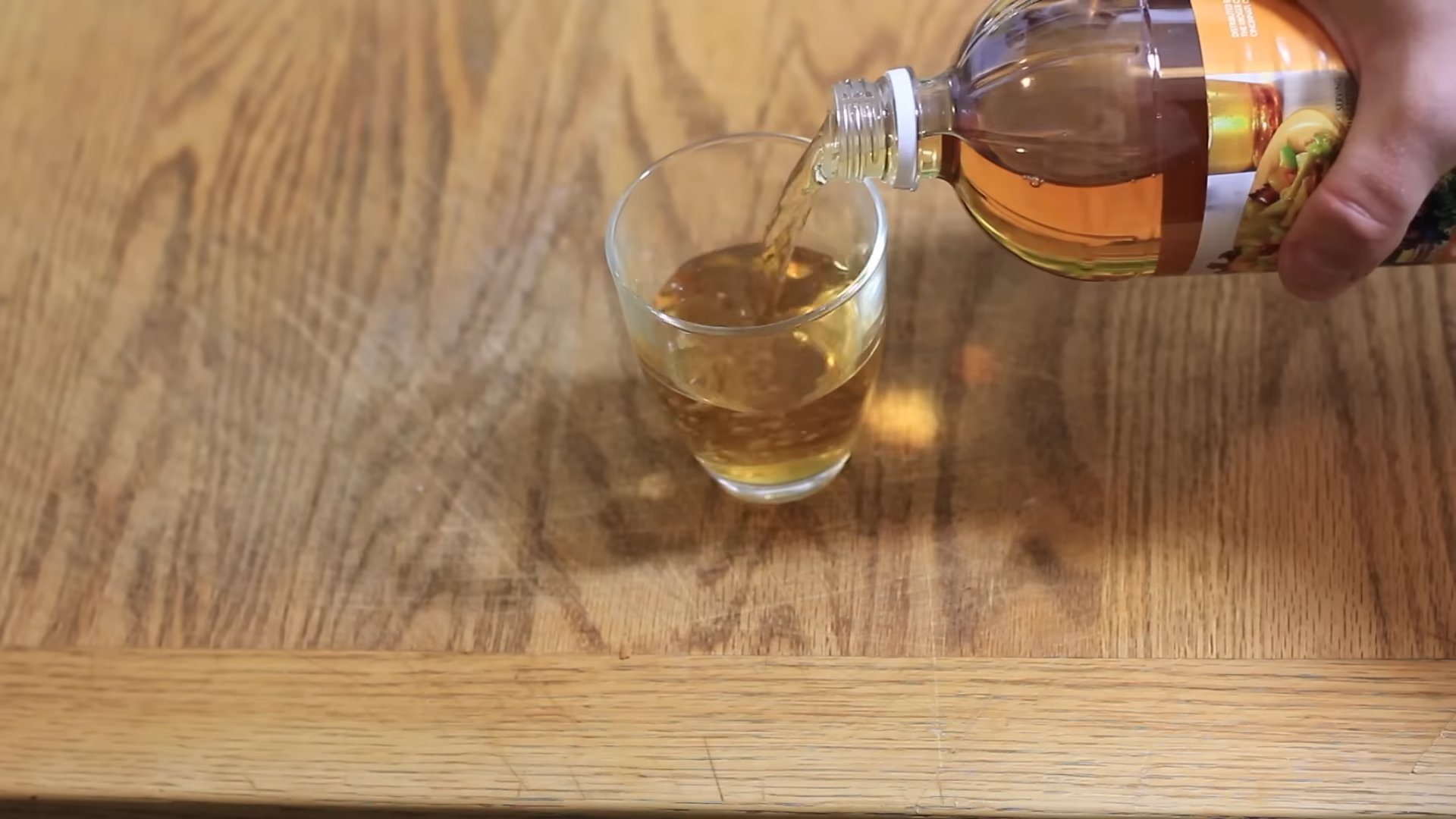
Unlocking the Magic of Vinegar: DIY Hacks for a Sparkling Home and Beyond!
Hey there, fellow DIY enthusiasts! Get ready to be amazed by the sheer versatility of vinegar. This humble kitchen staple is a powerhouse when it comes to cleaning, deodorizing, and even solving some common household problems. I’m going to share some of my favorite vinegar hacks that will save you money and keep your home looking its best. Let’s dive in!
Cleaning Powerhouse: Vinegar to the Rescue!
Vinegar’s acidity makes it a fantastic natural cleaner. It’s effective against grease, grime, and even some types of mold. Plus, it’s a much safer alternative to harsh chemical cleaners.
Descaling Your Showerhead
Hard water deposits can clog your showerhead, reducing water pressure and making your showers less enjoyable. Vinegar to the rescue!
What you’ll need:
* White vinegar
* Plastic bag (gallon-sized works well)
* Rubber band or twist tie
Step-by-step instructions:
1. Prepare the vinegar bath: Pour enough white vinegar into the plastic bag to fully submerge your showerhead.
2. Attach the bag: Carefully position the bag over the showerhead, ensuring the showerhead is completely immersed in the vinegar.
3. Secure the bag: Use a rubber band or twist tie to tightly secure the bag around the showerhead’s neck. Make sure it’s snug to prevent leaks.
4. Soak overnight: Let the showerhead soak in the vinegar overnight (at least 8 hours). This allows the vinegar to dissolve the mineral deposits.
5. Remove and rinse: The next morning, remove the bag and discard the vinegar.
6. Flush the showerhead: Turn on the shower and let the water run for a few minutes to flush out any remaining debris. You might need to gently scrub the showerhead with an old toothbrush to remove any stubborn deposits.
7. Enjoy your revitalized shower: Your showerhead should now be free of mineral buildup and delivering a much stronger, more enjoyable spray!
Microwave Magic: Steam Cleaning with Vinegar
Cleaning a microwave can be a messy chore, but vinegar makes it a breeze. This method uses the power of steam to loosen food splatters, making them easy to wipe away.
What you’ll need:
* White vinegar
* Water
* Microwave-safe bowl
* Sponge or cloth
Step-by-step instructions:
1. Prepare the cleaning solution: In the microwave-safe bowl, combine equal parts white vinegar and water (e.g., 1 cup vinegar and 1 cup water).
2. Microwave the solution: Place the bowl in the microwave and heat it on high for 5-7 minutes. The mixture should boil and create steam.
3. Let it stand: After microwaving, leave the bowl inside the microwave for another 2-3 minutes. This allows the steam to further loosen the grime. Don’t open the door immediately!
4. Wipe clean: Carefully remove the bowl (it will be hot!) and use a sponge or cloth to wipe down the interior of the microwave. The food splatters should wipe away easily.
5. Tackle stubborn spots: For any stubborn spots, dip your sponge or cloth in the vinegar solution and scrub gently.
6. Final wipe down: Give the microwave a final wipe down with a clean, damp cloth to remove any lingering vinegar residue.
Window Wonder: Streak-Free Shine
Forget expensive window cleaners! Vinegar is a fantastic and affordable way to achieve streak-free, sparkling windows.
What you’ll need:
* White vinegar
* Water
* Spray bottle
* Microfiber cloth or squeegee
Step-by-step instructions:
1. Mix the cleaning solution: In the spray bottle, combine equal parts white vinegar and water.
2. Spray the windows: Spray the vinegar solution liberally onto the windows you want to clean.
3. Wipe with a microfiber cloth or squeegee: Use a clean microfiber cloth or a squeegee to wipe the windows. If using a squeegee, overlap each stroke slightly to prevent streaks.
4. Dry with a clean cloth: If necessary, dry the windows with a clean, dry microfiber cloth to remove any remaining moisture.
5. Admire your sparkling windows: Enjoy your streak-free, crystal-clear windows!
Deodorizing Delights: Banishing Bad Odors with Vinegar
Vinegar is a natural odor absorber, making it perfect for eliminating unpleasant smells around your home.
Refrigerator Refresh: Neutralizing Food Odors
A smelly refrigerator can be a real turn-off. Vinegar can help neutralize those lingering food odors.
What you’ll need:
* White vinegar
* Small bowl or cup
Step-by-step instructions:
1. Fill the bowl with vinegar: Pour about 1/2 cup of white vinegar into a small bowl or cup.
2. Place in the refrigerator: Place the bowl of vinegar in the back of your refrigerator.
3. Leave overnight: Let the vinegar sit in the refrigerator overnight (or even longer for particularly strong odors).
4. Remove and enjoy the freshness: Remove the bowl of vinegar. The vinegar will have absorbed many of the unpleasant odors, leaving your refrigerator smelling much fresher. You can repeat this process as needed.
Garbage Disposal Grooming: Freshening and Cleaning
A stinky garbage disposal is no fun. Vinegar can help break down food particles and eliminate odors.
What you’ll need:
* White vinegar
* Ice cubes
* Lemon or orange peels (optional)
Step-by-step instructions:
1. Freeze vinegar ice cubes: Pour white vinegar into an ice cube tray and freeze until solid.
2. Drop the cubes into the disposal: Drop a few vinegar ice cubes into the garbage disposal.
3. Turn on the disposal: Turn on the garbage disposal and let it run until the ice cubes are completely ground up.
4. Add citrus peels (optional): For an extra boost of freshness, add a few lemon or orange peels to the disposal while it’s running.
5. Rinse with water: Rinse the disposal with cold water for a few seconds.
The vinegar ice cubes will help clean the blades and break down food particles, while the citrus peels will leave a pleasant scent.
Fabric Freshener: Deodorizing Clothes and Fabrics
Vinegar can be used to freshen up clothes and fabrics without harsh chemicals.
What you’ll need:
* White vinegar
* Spray bottle
* Water (optional)
Step-by-step instructions:
1. Dilute the vinegar (optional): For delicate fabrics, you may want to dilute the vinegar with water (e.g., 1 part vinegar to 1 part water).
2. Spray lightly: Lightly spray the fabric with the vinegar solution. Avoid saturating the fabric.
3. Air dry: Allow the fabric to air dry completely. The vinegar smell will dissipate as it dries, leaving the fabric smelling fresh.
Important Note: Always test the vinegar solution on a small, inconspicuous area of the fabric first to ensure it doesn’t cause any discoloration or damage.
Beyond Cleaning: Unexpected Vinegar Hacks
Vinegar’s uses extend far beyond cleaning and deodorizing. Here are a few more surprising ways to use this versatile ingredient.
Weed Warrior: Natural Weed Killer
Vinegar can be used as a natural weed killer, especially for weeds growing in cracks and crevices.
What you’ll need:
* White vinegar
* Spray bottle
* Dish soap (optional, for better adhesion)
Step-by-step instructions:
1. Prepare the weed killer: Pour white vinegar into a spray bottle. For better adhesion, you can add a few drops of dish soap to the vinegar.
2. Spray the weeds: Spray the vinegar directly onto the weeds, focusing on the leaves and stems.
3. Repeat as needed: Repeat the application as needed, especially after rain.
Important Note: Vinegar is a non-selective herbicide, meaning it will kill any plant it comes into contact with. Be careful to only spray the weeds you want to eliminate.
Egg-cellent Egg Poaching: Perfect Poached Eggs Every Time
Vinegar can help you achieve perfectly poached eggs by helping the egg whites coagulate quickly.
What you’ll need:
* White vinegar
* Water
* Eggs
* Saucepan
Step-by-step instructions:
1. Bring water to a simmer: Fill a saucepan with water and bring it to a gentle simmer.
2. Add vinegar: Add about 1 tablespoon of white vinegar to the simmering water
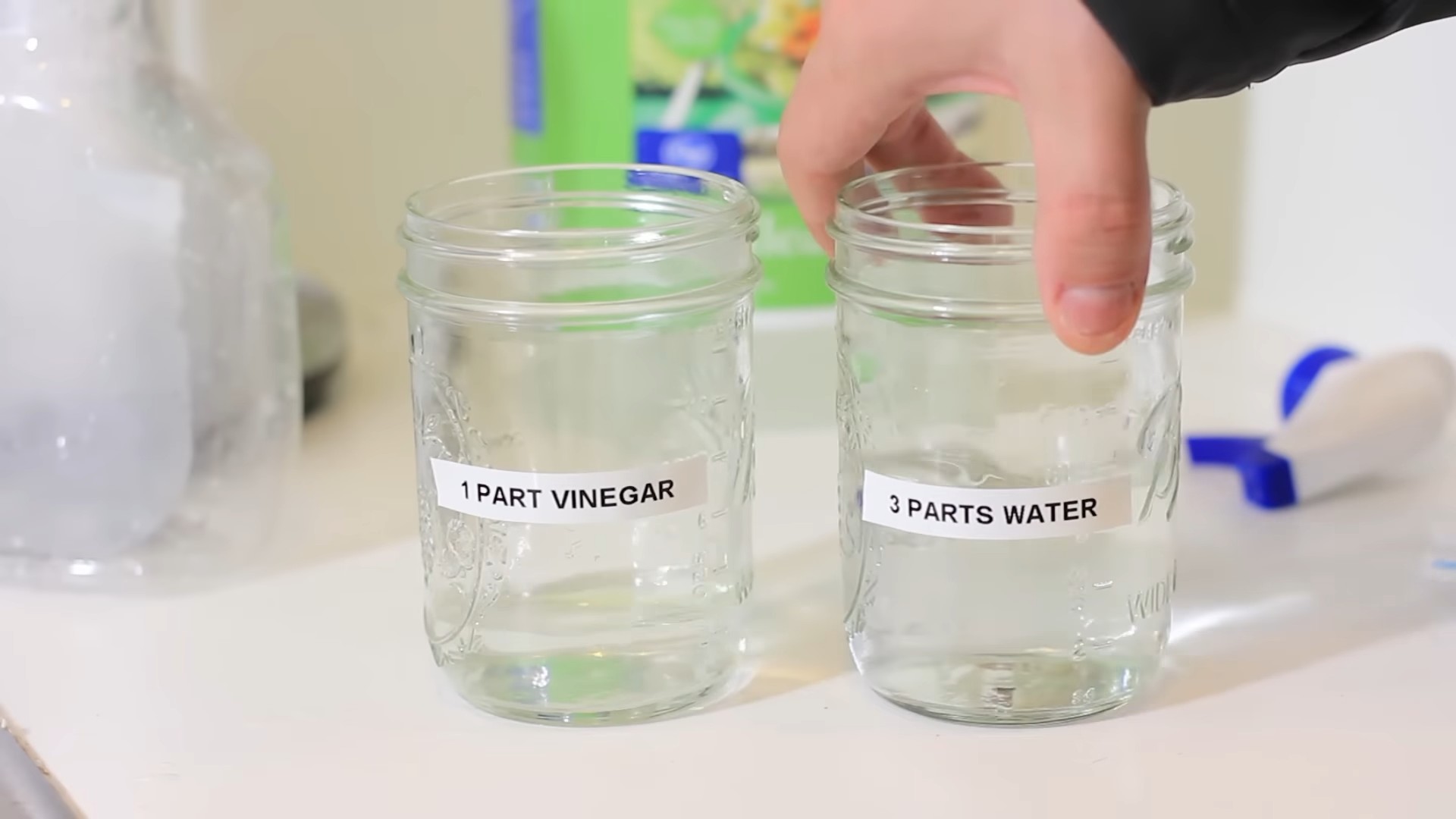
Conclusion
So, there you have it! Unlocking the power of vinegar goes far beyond just salad dressings and cleaning solutions. This simple, inexpensive ingredient holds the key to a multitude of life hacks that can save you time, money, and a whole lot of frustration. From revitalizing your laundry to banishing stubborn stains and even enhancing your garden, the versatility of vinegar is truly remarkable.
Why is this DIY vinegar approach a must-try? Because it’s effective, eco-friendly, and incredibly budget-friendly. In a world saturated with expensive, specialized products, vinegar offers a refreshing return to simplicity. It’s a chance to reduce your reliance on harsh chemicals, minimize your environmental footprint, and discover the satisfaction of solving everyday problems with a natural solution.
Consider these variations to further tailor your vinegar experience:
* **Infused Vinegar:** Elevate your cleaning game by infusing vinegar with citrus peels (lemon, orange, grapefruit) or herbs (lavender, rosemary, thyme). Simply combine the vinegar with your chosen ingredients in a jar, let it steep for a few weeks, and then strain. The result is a fragrant and effective cleaner that smells divine.
* **Vinegar and Baking Soda Power Duo:** For particularly tough cleaning jobs, combine the power of vinegar and baking soda. This dynamic duo creates a fizzing action that helps to loosen grime and dirt. Use it to unclog drains, clean oven interiors, or scrub grout.
* **Vinegar as a Fabric Softener Alternative:** Ditch the chemical-laden fabric softeners and add a cup of white vinegar to your washing machine’s rinse cycle. It will leave your clothes feeling soft and fresh without any lingering vinegar smell. You can even add a few drops of your favorite essential oil for a subtle fragrance.
* **Vinegar for Pest Control:** Keep ants and other unwanted pests at bay by spraying vinegar around entry points and along their trails. The strong scent deters them naturally.
We wholeheartedly encourage you to embrace these DIY **vinegar life hacks** and discover the transformative potential of this humble ingredient. It’s a journey of experimentation and discovery, and we’re confident that you’ll be amazed by the results.
Don’t just take our word for it – give it a try! We’re eager to hear about your experiences. Share your successes, your challenges, and any creative variations you come up with in the comments below. Let’s build a community of vinegar enthusiasts and unlock even more of its hidden potential together. Your insights could inspire others to embrace a more sustainable and resourceful lifestyle. So, go ahead, grab a bottle of vinegar, and prepare to be amazed!
Frequently Asked Questions (FAQ)
Is it safe to use vinegar on all surfaces?
While vinegar is generally safe for most surfaces, it’s important to exercise caution on certain materials. Avoid using vinegar on natural stone surfaces like marble, granite, and limestone, as the acidity can etch and damage them. It’s also best to avoid using vinegar on waxed wood furniture, as it can strip the wax finish. When in doubt, always test vinegar on a small, inconspicuous area first to ensure it doesn’t cause any discoloration or damage. For delicate fabrics, dilute the vinegar with water before using it as a stain remover.
Will my house smell like vinegar after using it for cleaning?
The strong scent of vinegar can be a concern for some, but rest assured that the smell typically dissipates quickly. Proper ventilation, such as opening windows or turning on a fan, can help to speed up the process. As mentioned earlier, infusing vinegar with citrus peels or herbs can also help to mask the vinegar smell and leave behind a more pleasant fragrance. After cleaning, you can also use an air freshener or simmer a pot of water with cinnamon sticks and cloves to further neutralize any lingering odors.
What type of vinegar is best for cleaning and other DIY hacks?
White distilled vinegar is generally the best choice for cleaning and other DIY hacks. It has a higher acidity level than other types of vinegar, making it more effective at dissolving grime, killing bacteria, and removing stains. Apple cider vinegar can also be used for some purposes, but it’s not as strong as white vinegar and may leave behind a slight residue. Avoid using flavored vinegars, such as balsamic or red wine vinegar, as they can stain surfaces.
Can I use vinegar to clean my coffee maker?
Yes, vinegar is an excellent natural descaler for coffee makers. To clean your coffee maker with vinegar, fill the water reservoir with a solution of equal parts white vinegar and water. Run the coffee maker through a full brewing cycle, then discard the vinegar solution. Repeat the process with fresh water to rinse out any remaining vinegar. This will help to remove mineral buildup and improve the performance of your coffee maker.
How can I use vinegar to remove hard water stains?
Hard water stains can be a persistent problem in bathrooms and kitchens. To remove hard water stains with vinegar, soak a cloth or sponge in white vinegar and apply it to the affected area. Let it sit for 15-20 minutes to allow the vinegar to dissolve the mineral deposits. Then, scrub the area with a non-abrasive sponge or brush and rinse with water. For stubborn stains, you may need to repeat the process or use a stronger concentration of vinegar.
Is vinegar safe for my pets and children?
Vinegar is generally considered safe for pets and children when used properly. However, it’s important to keep vinegar out of reach of children and pets to prevent accidental ingestion. While vinegar is not highly toxic, drinking it can cause stomach upset and irritation. When using vinegar for cleaning, ensure that the area is well-ventilated and that pets and children are not exposed to concentrated vinegar fumes. Always rinse surfaces thoroughly with water after cleaning with vinegar to remove any residue.
Can vinegar be used to kill weeds in my garden?
Yes, vinegar can be an effective natural weed killer. To use vinegar as a weed killer, mix it with a small amount of dish soap to help it stick to the weeds. Pour the vinegar solution directly onto the weeds, being careful to avoid spraying it on desirable plants. The vinegar will dehydrate the weeds and kill them within a few days. However, it’s important to note that vinegar is a non-selective herbicide, meaning it will kill any plant it comes into contact with. Therefore, use it carefully and selectively to avoid damaging your garden plants.
How long does vinegar last?
Vinegar has an incredibly long shelf life. White distilled vinegar, in particular, can last almost indefinitely if stored properly in a cool, dark place. While the appearance or flavor might change slightly over time, it remains safe to use. Other types of vinegar, like apple cider vinegar, may have a slightly shorter shelf life, but they still last for several years. The acidity of vinegar acts as a natural preservative, preventing the growth of bacteria and mold. So, you can confidently stock up on vinegar without worrying about it going bad anytime soon.

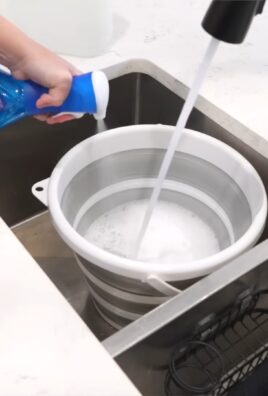
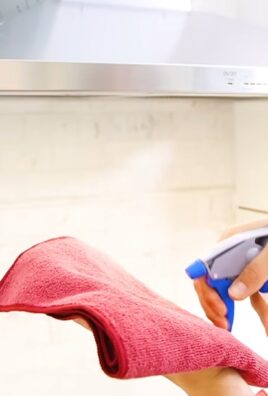
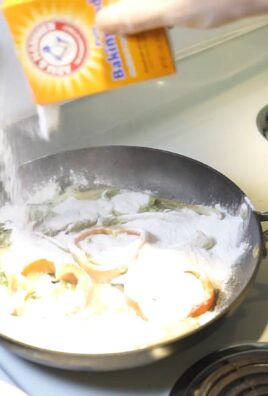
Leave a Comment